Dyer's Woad
Information
Isatis tinctoria - Brassicaceae Family - Winter annual, biennial, or short-lived perennial
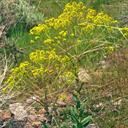
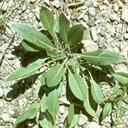
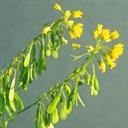
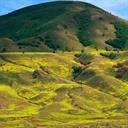
Identification
- Flowers: Bright yellow with four petals.
- Seeds: Black seed pods. Plants spread primarily by seed, but seed does not remain viable in the soil for long periods of time.
- Leaves: Bluish green with a cream colored mid rib.
- Flowering Time: April – May (after the first year). Seeds mature in June – July.
- Life cycle: Woad is a biennial and doesn’t flower until the second year.
Impacts
- Invades rangelands, pastures, roadsides, orchards, forests, and waste areas.
- Dyer’s woad alters the native plant community as well as reducing forage value for livestock.
- Plants produce an average of 350-500 seeds per plant and as many as 10,000 seeds.
- Plant populations can spread at a rate of 2–100 acres within a couple of years.
Control
Most effective control methods
- Hand pulling is the most effective method of controlling infestations.
- Plants should be pulled at least twice a year. Once when the flowers start to bloom, followed by a second pull 2-3 weeks later to eliminate any remaining plants.
- It is important to remove pulled plants from the area if they have started to go to seed. Seed development may still continue even if the plant has been pulled.
- For larger infestations, a spring chemical application when flowers are pre-bloom is most effective.
- 2,4-D and chlorsulfuron offer excellent to good control respectively when applied in early spring.
Control methods and timing
| March | April | May | June | July | Aug | Sept | Oct |
|---|---|---|---|---|---|---|---|
|
Prev Chem |
Prev Chem Mech |
Mech |
Mech |
Prev |
Prev |
Prev |
Prevention (Prev) Monitor and destroy new plants before seed production.
Mechanical (Mech) Hand pulling, digging, cutting, mowing and tilling.
Cultural (Cult) Biological control agents, livestock grazing, and revegetation practices.
Chemical (Chem) Selective herbicides based on the plant and the specific location. Check our weed fact sheets for specific control information.
Large Images
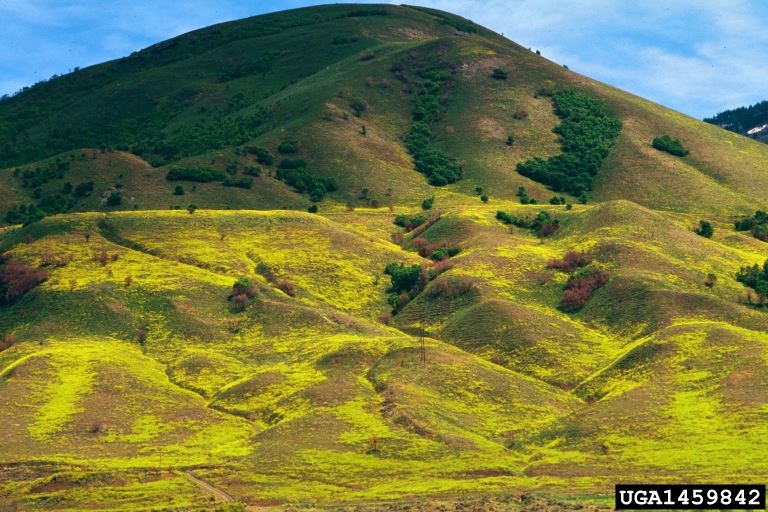
Dyer's woad: infestation
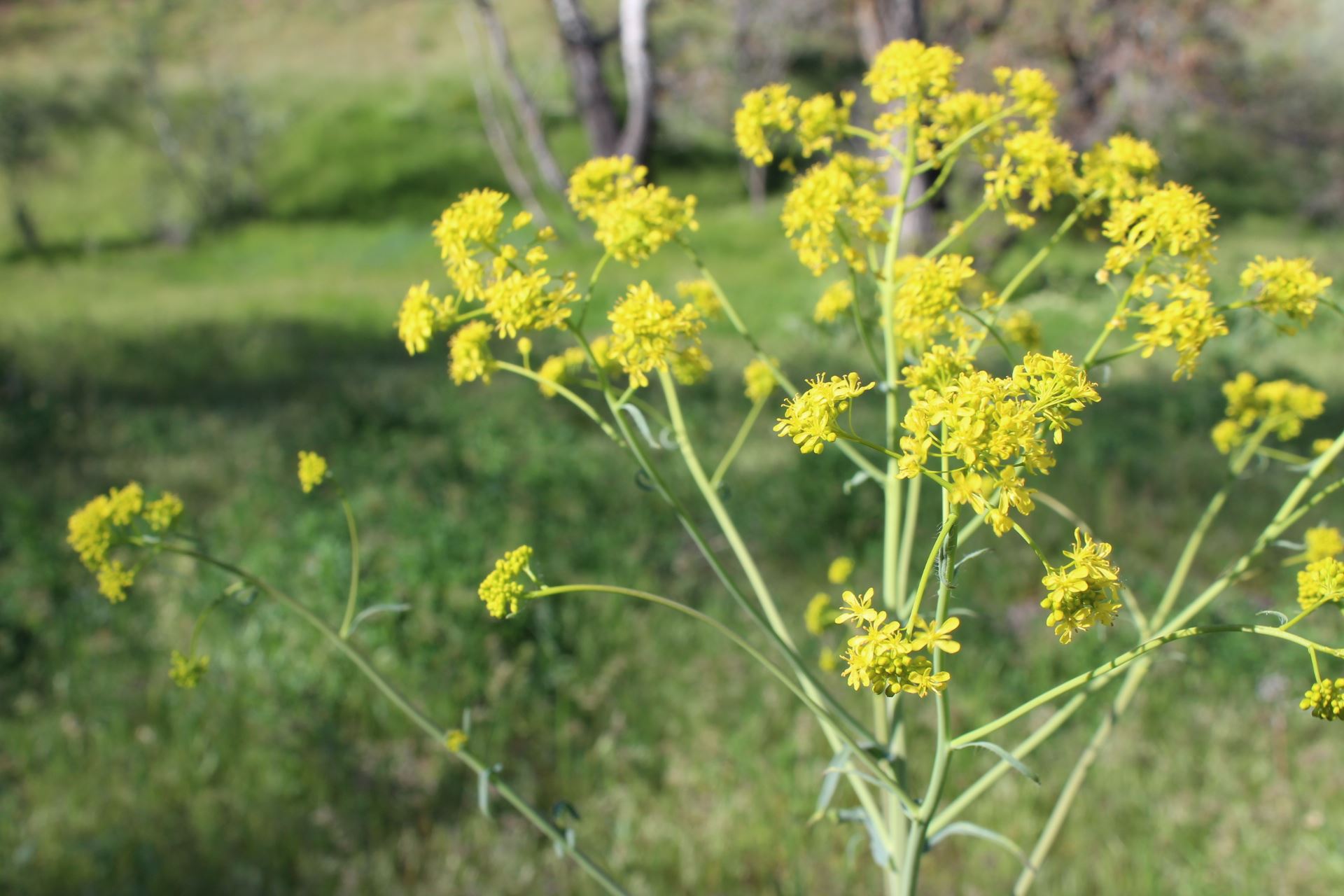
Dyer's woad: flowers
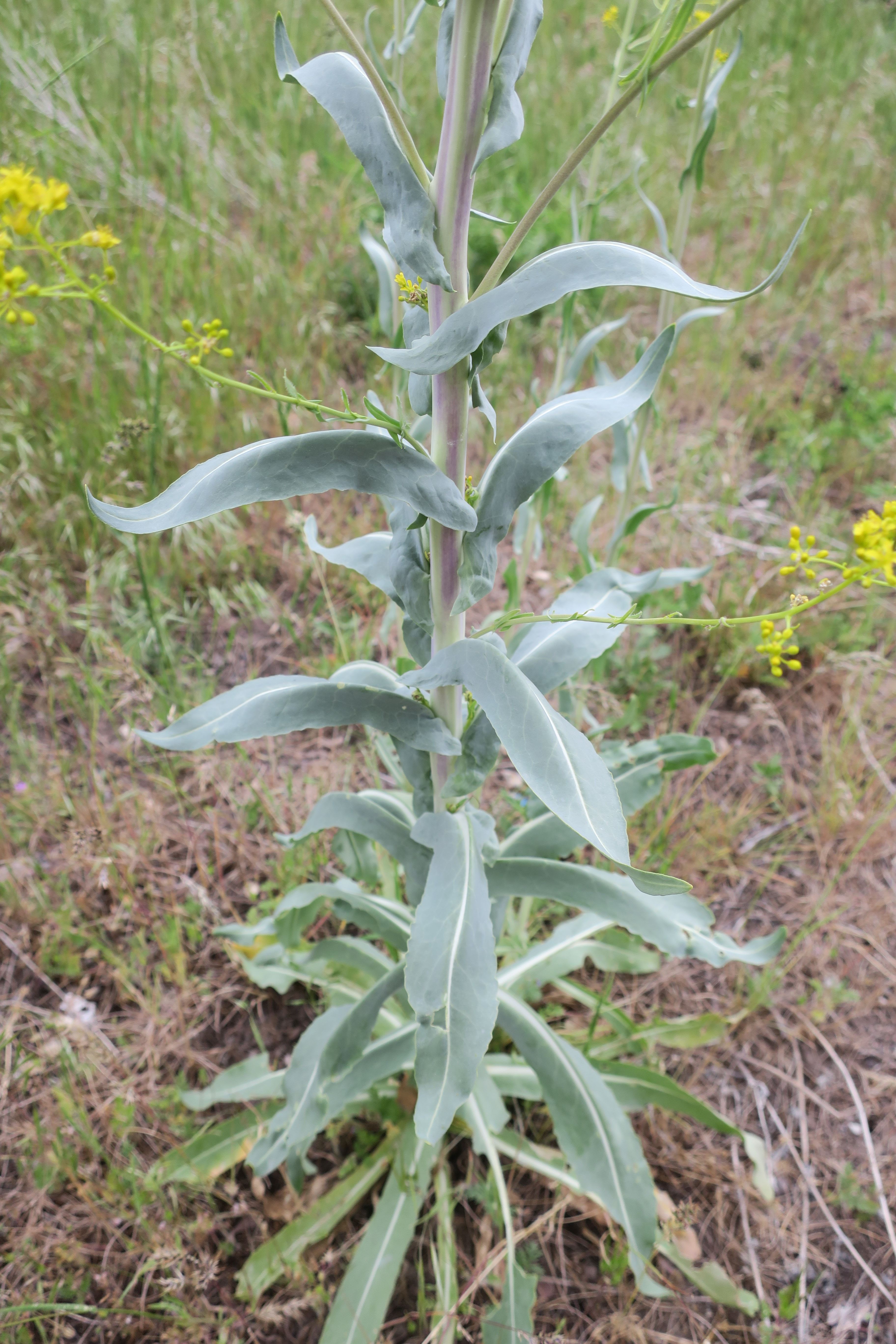
Dyer's woad: foliage
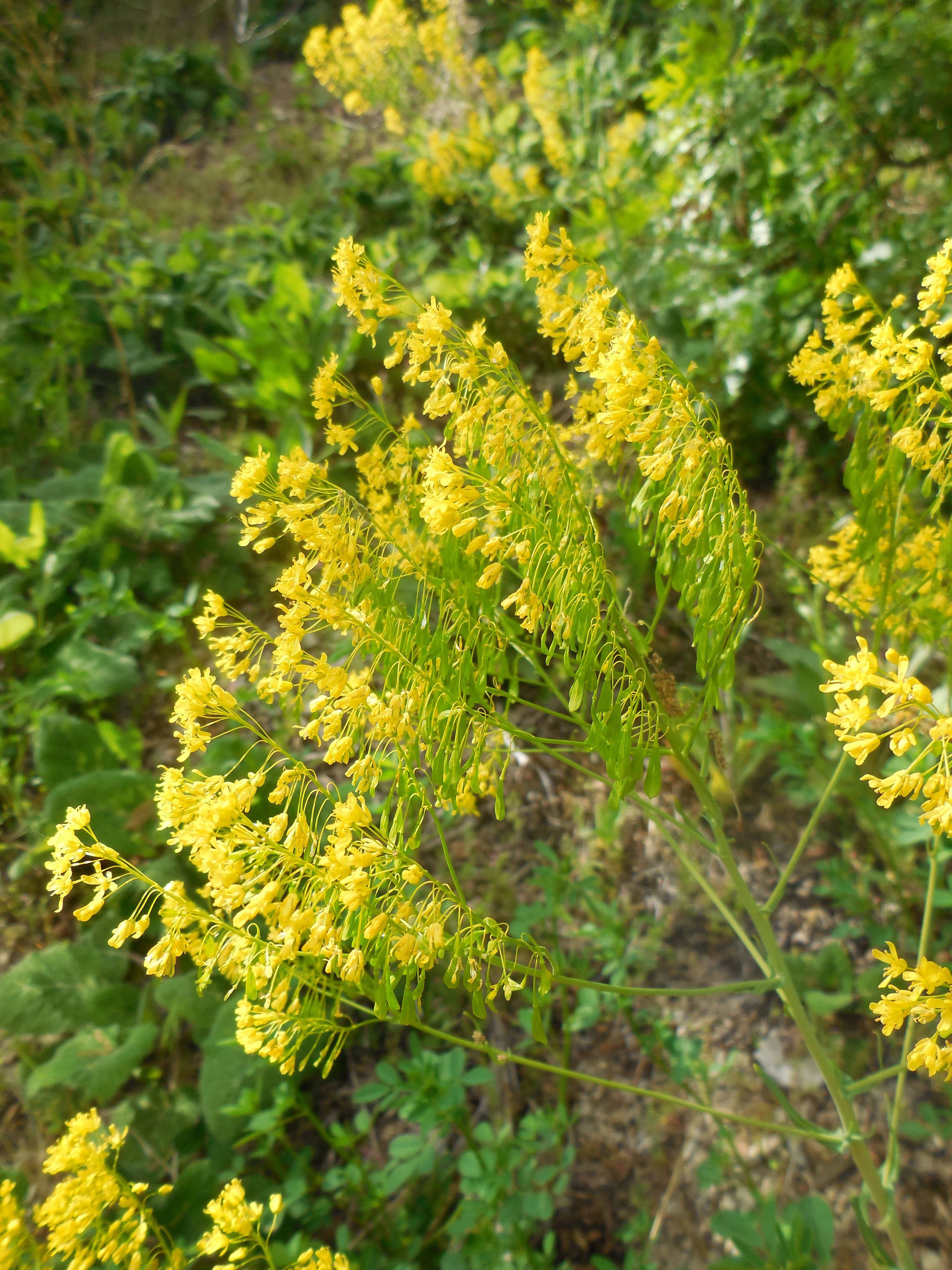
Dyer's woad: flowers and seed pods
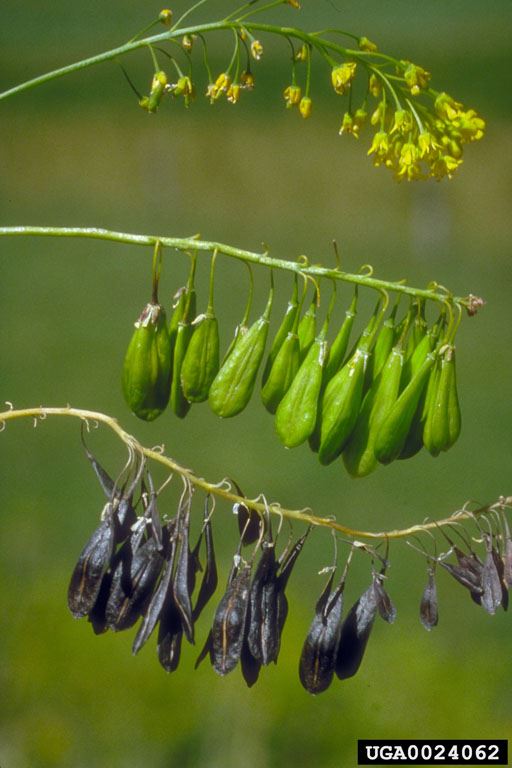
Top: flowers, Middle: green seed pods, Bottom:mature seed pods
Resources
-
-
References
California Department of Food and Agriculture Plant Health & Pest Prevention Services. Dyer’s woad. Retrieved from https://www.cdfa.ca.gov/plant/ipc/encycloweedia/weedinfo/isatis.htm
University of California Statewide Integrated Pest Management Program. (2017, September). Dyer’s woad. Retrieved from http://ipm.ucanr.edu/PMG/PESTNOTES/pn74175.html
Washington State Noxious Weed Control Board. Dyer’s woad. Retrieved from https://www.nwcb.wa.gov/weeds/dyers-woad
Zouhar, K. (2009). Isatis tinctoria. Fire Effects Information System. Retrieved from https://www.fs.fed.us/database/feis/plants/forb/isatin/all.html




